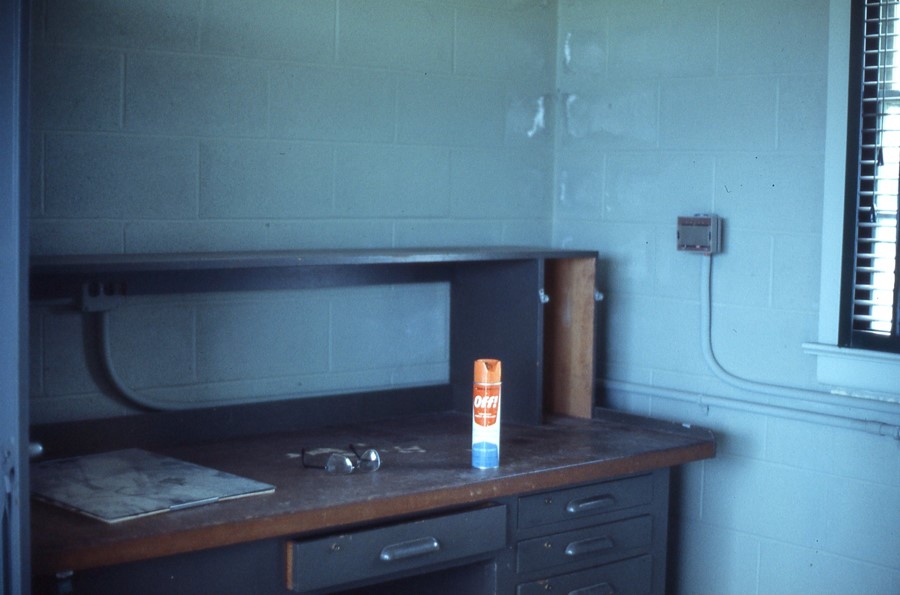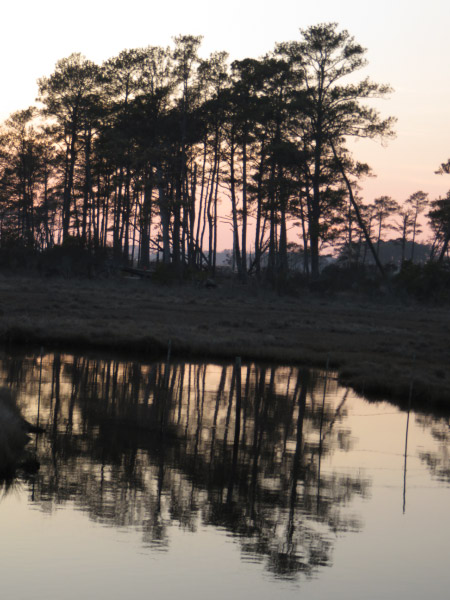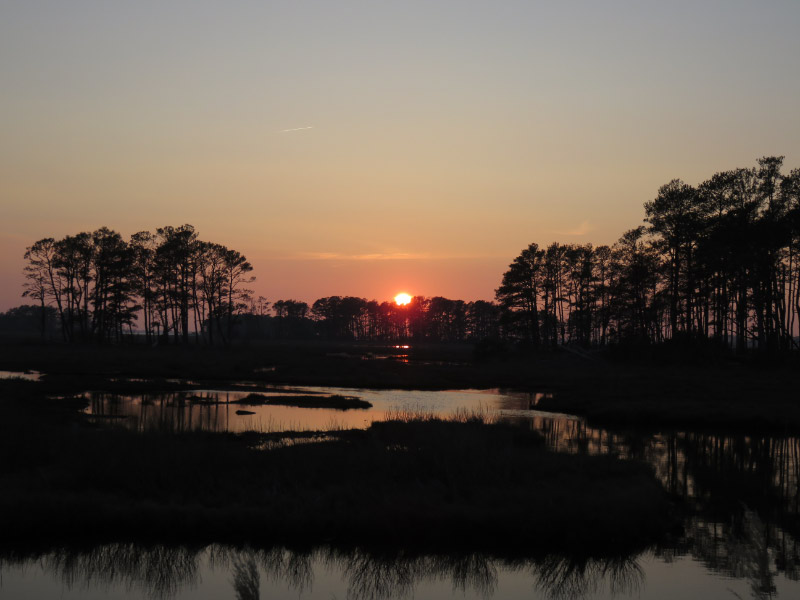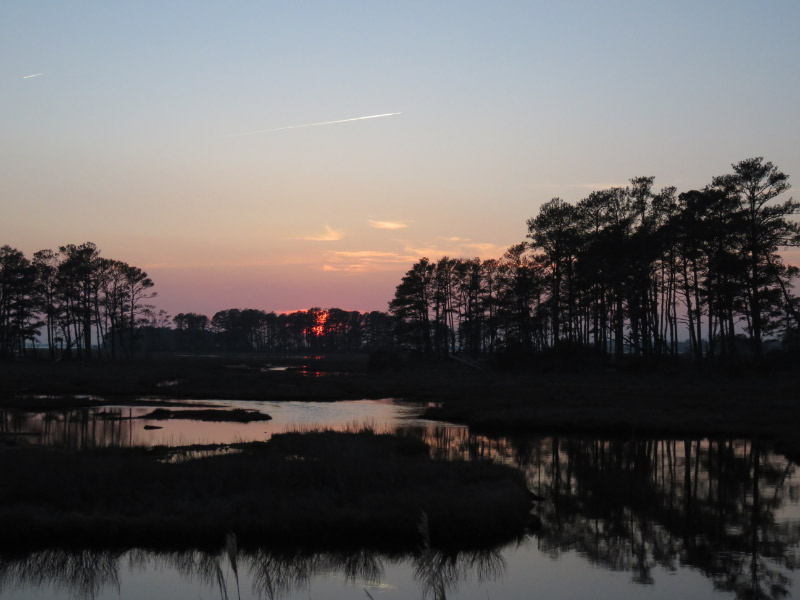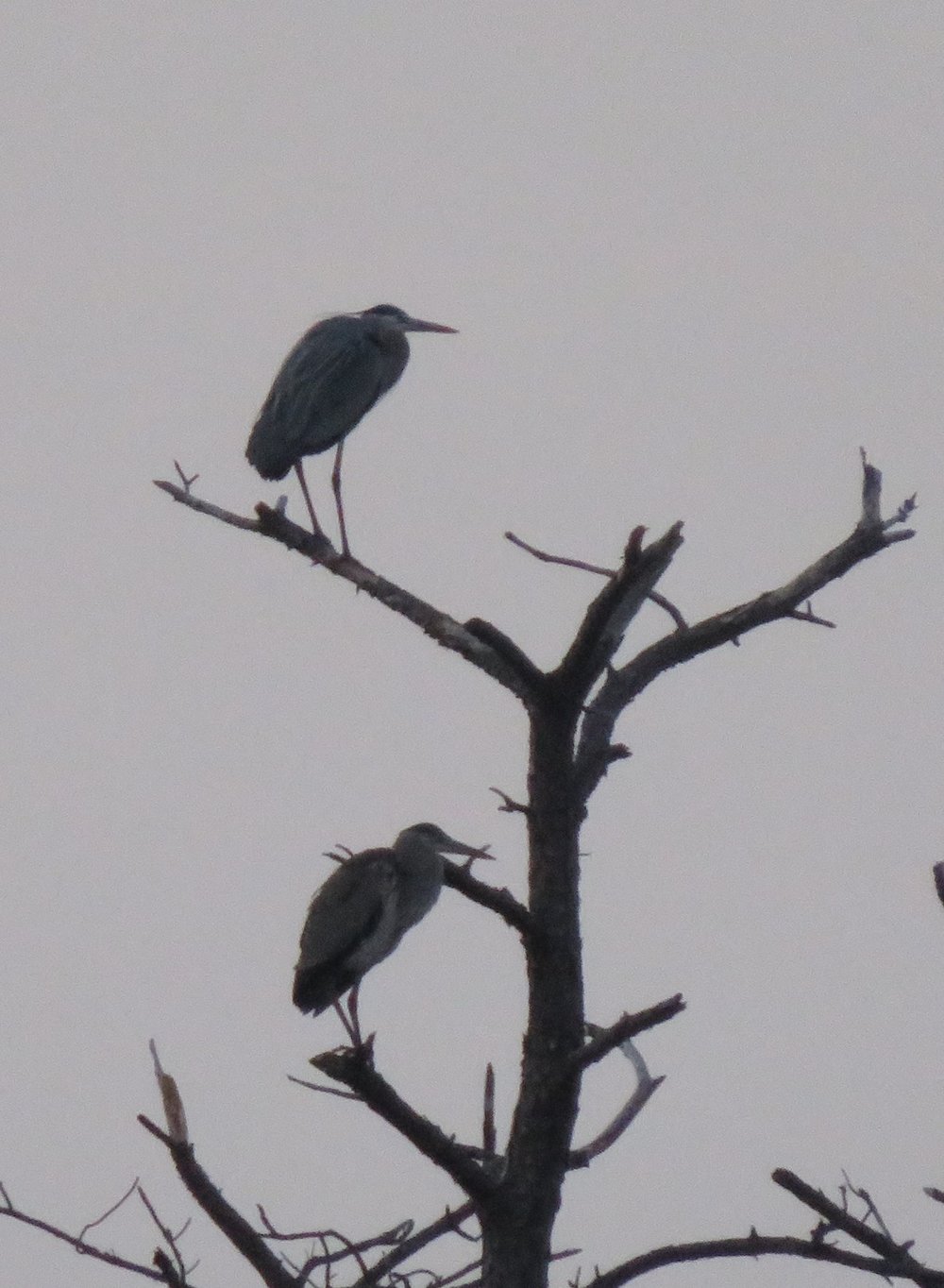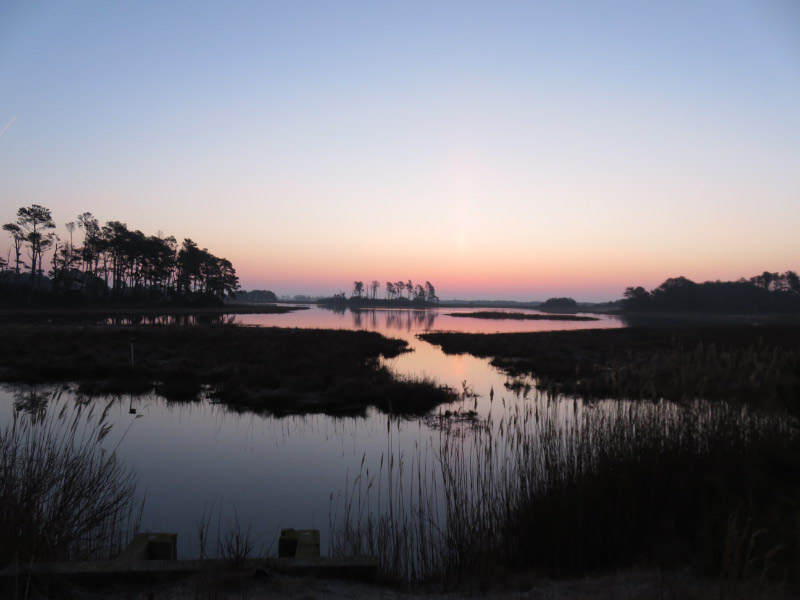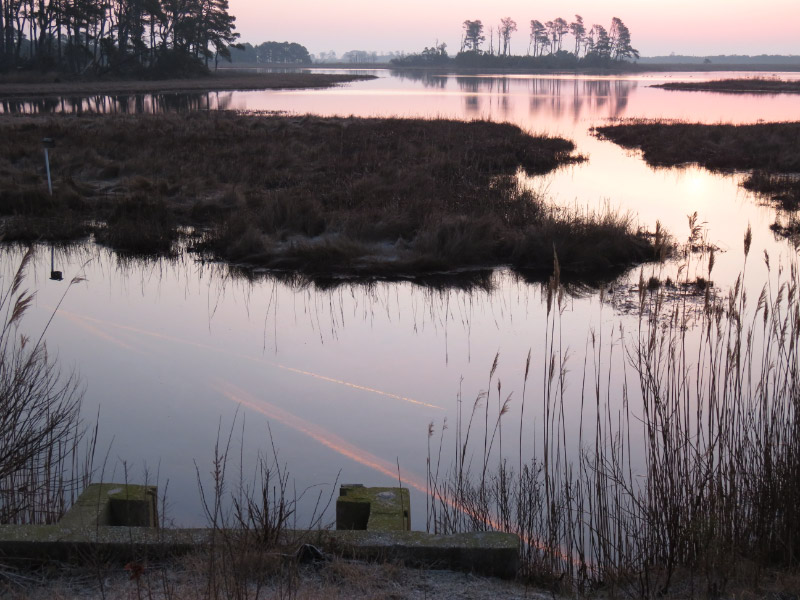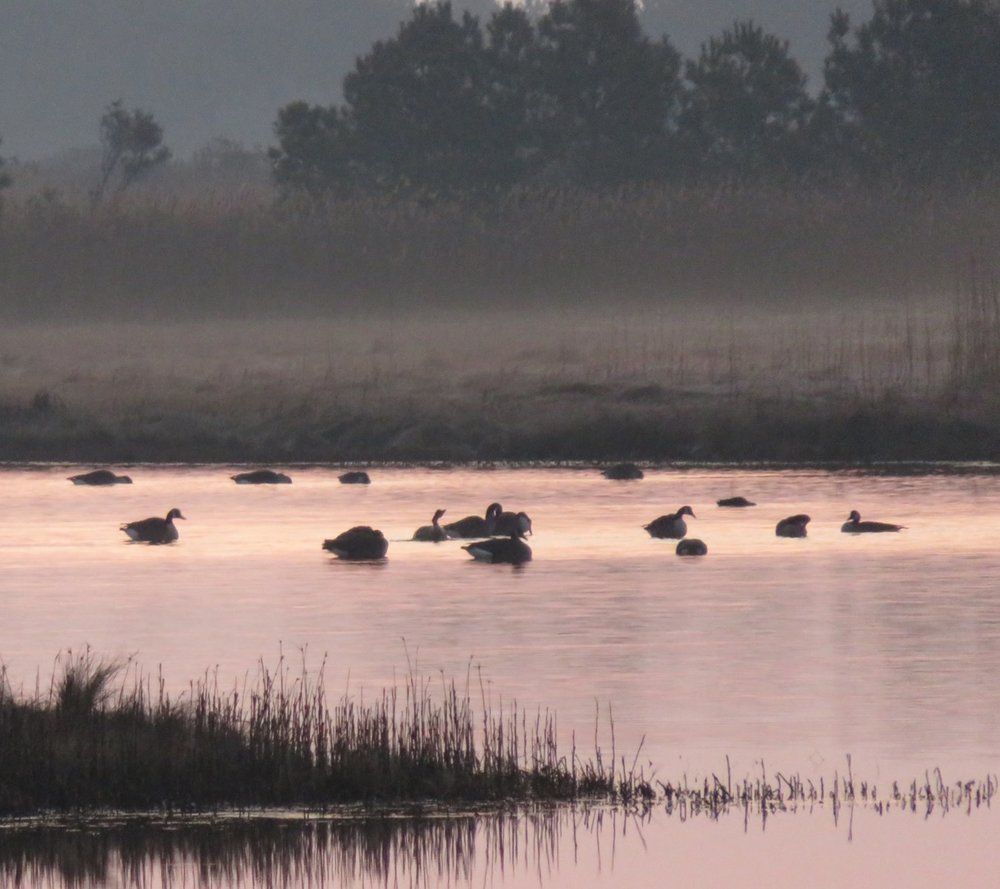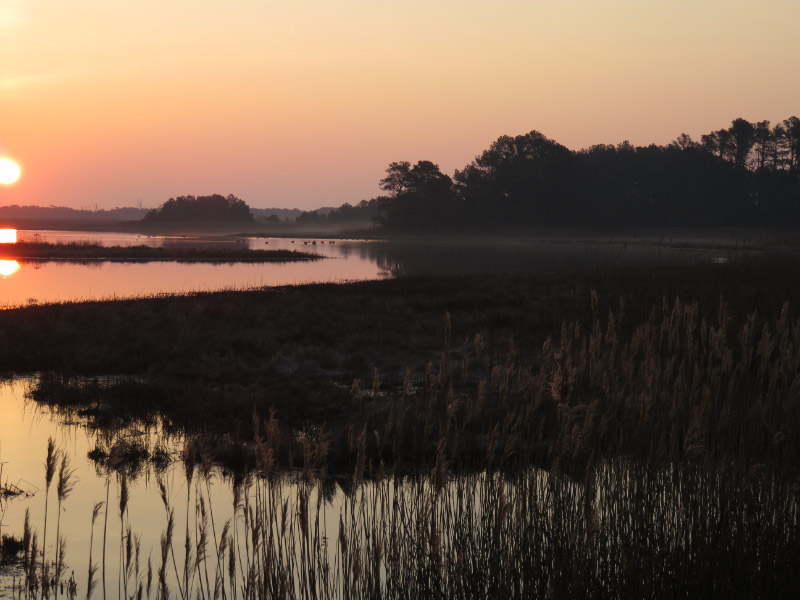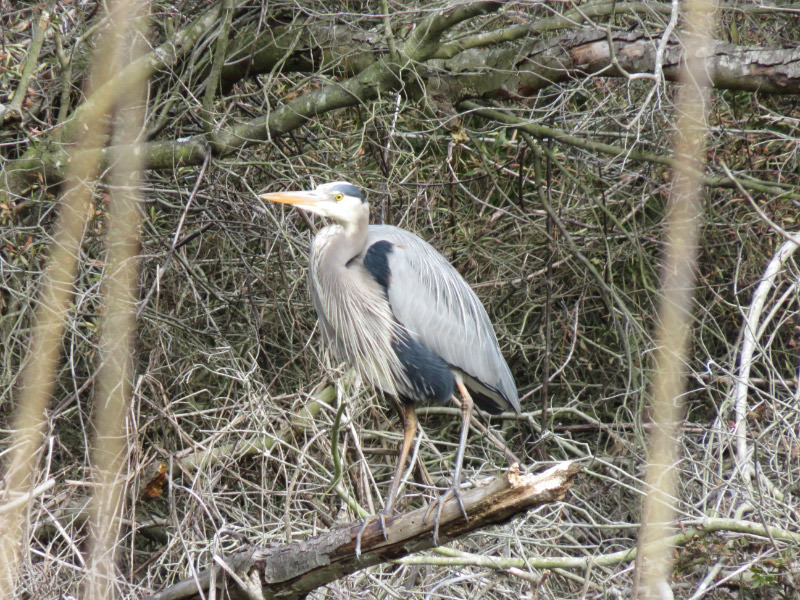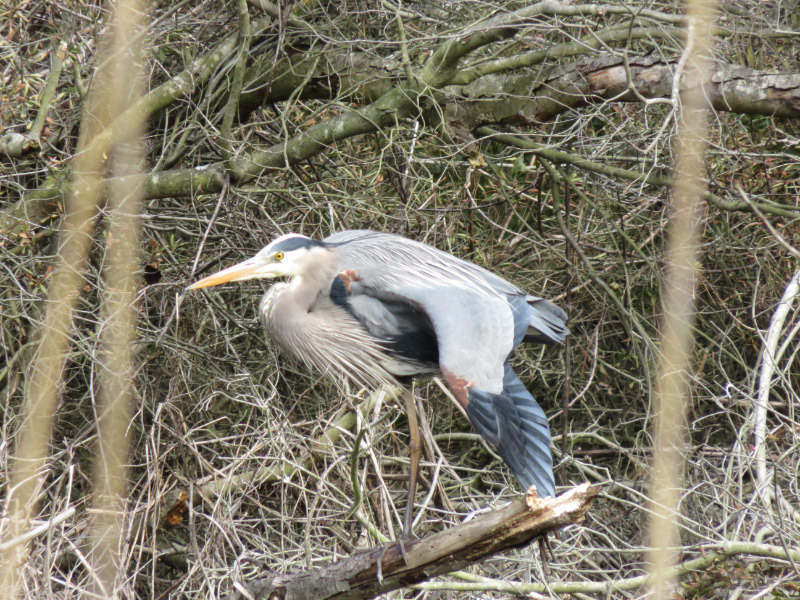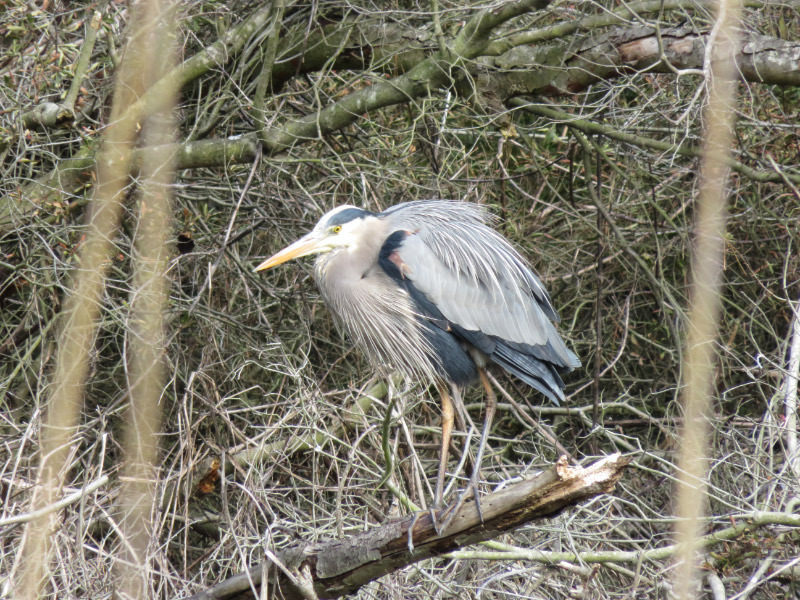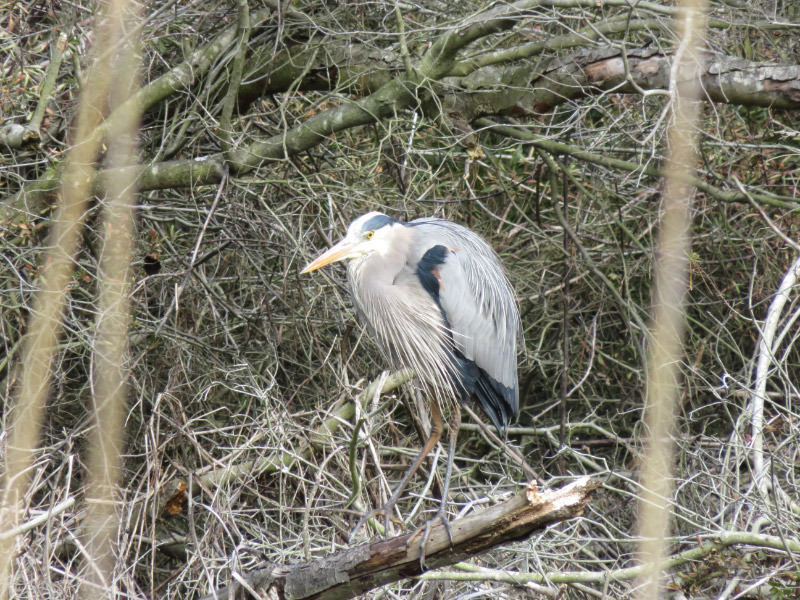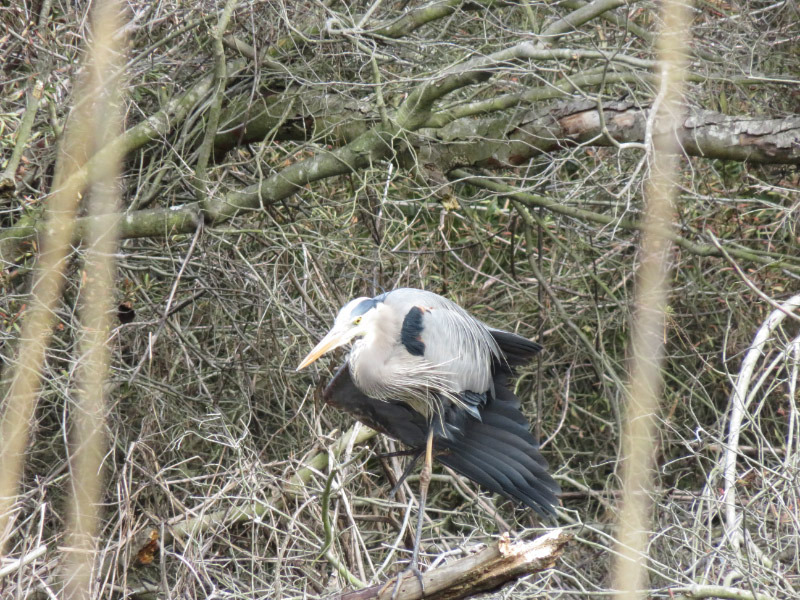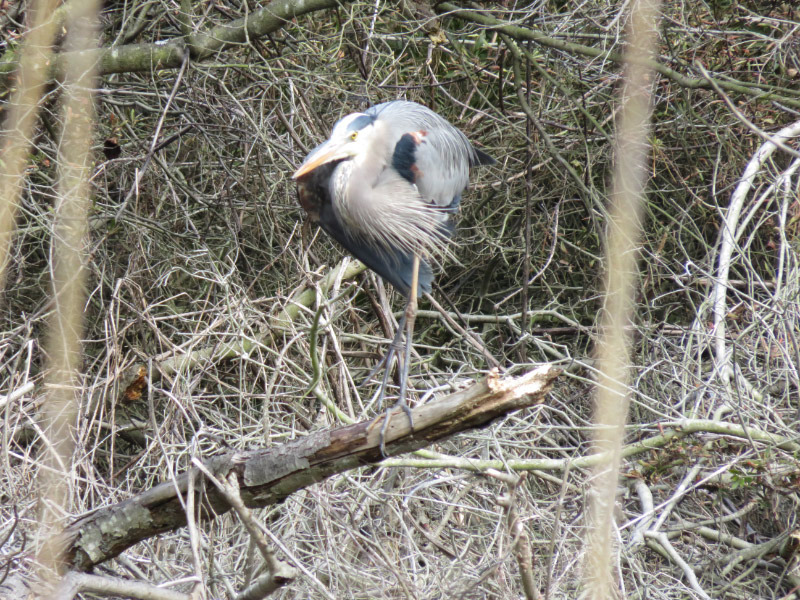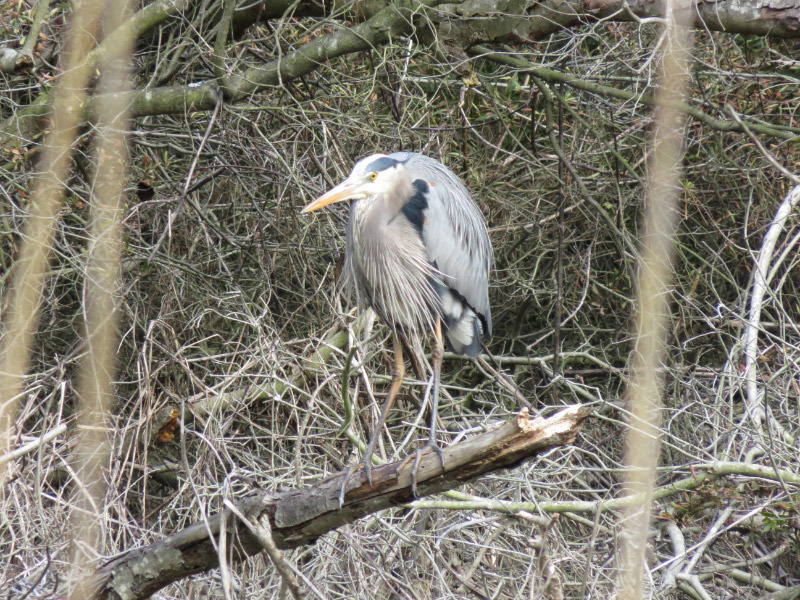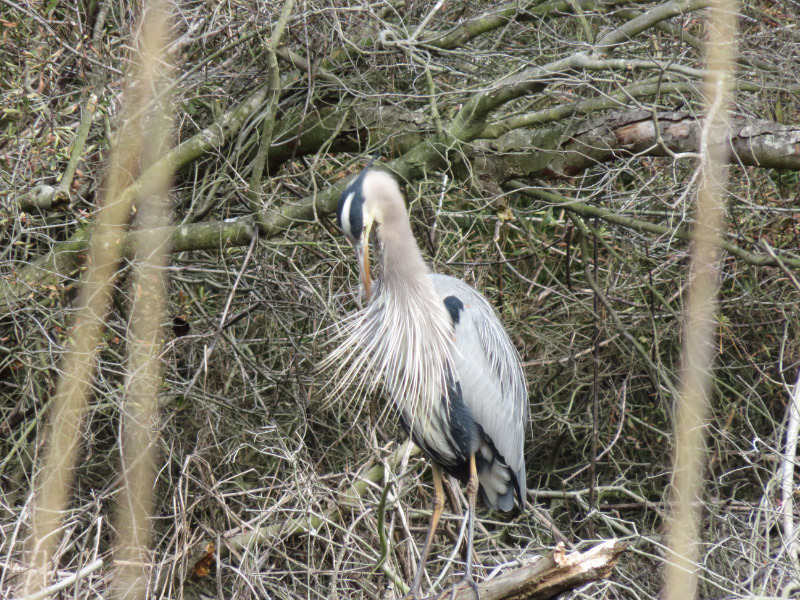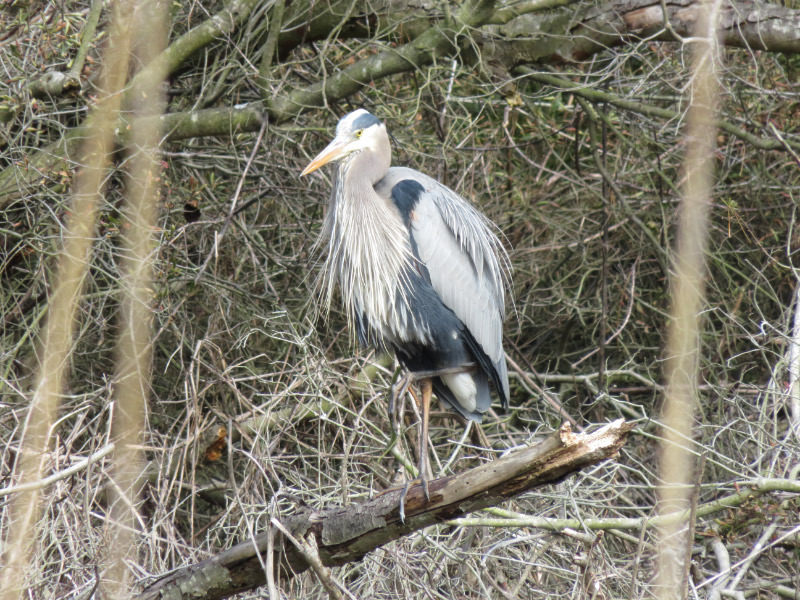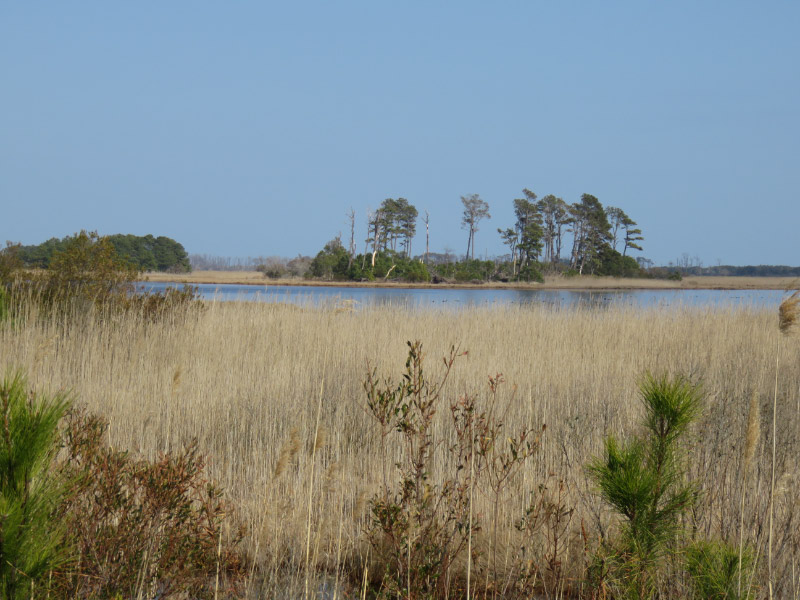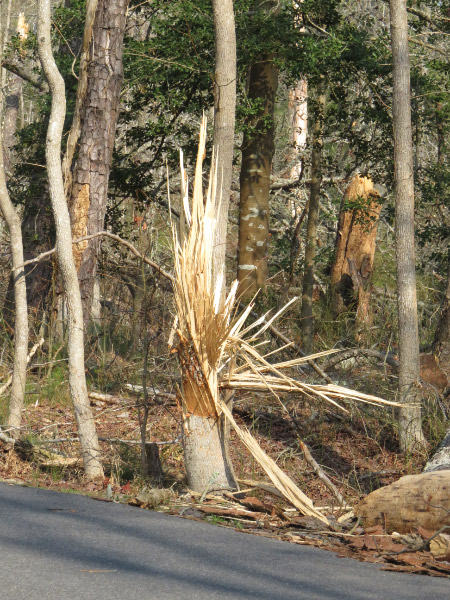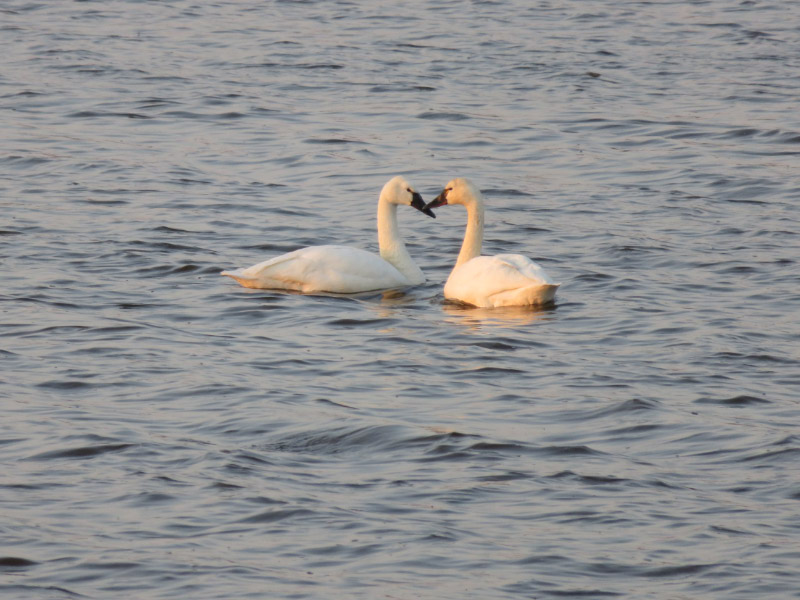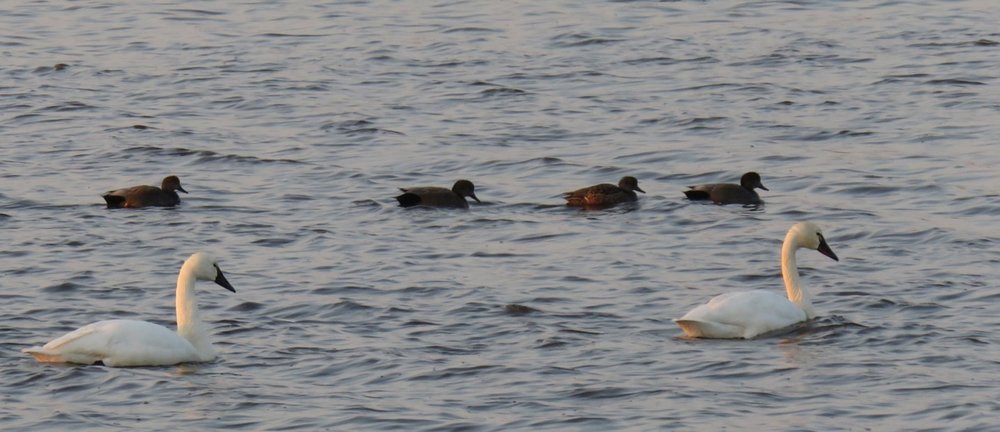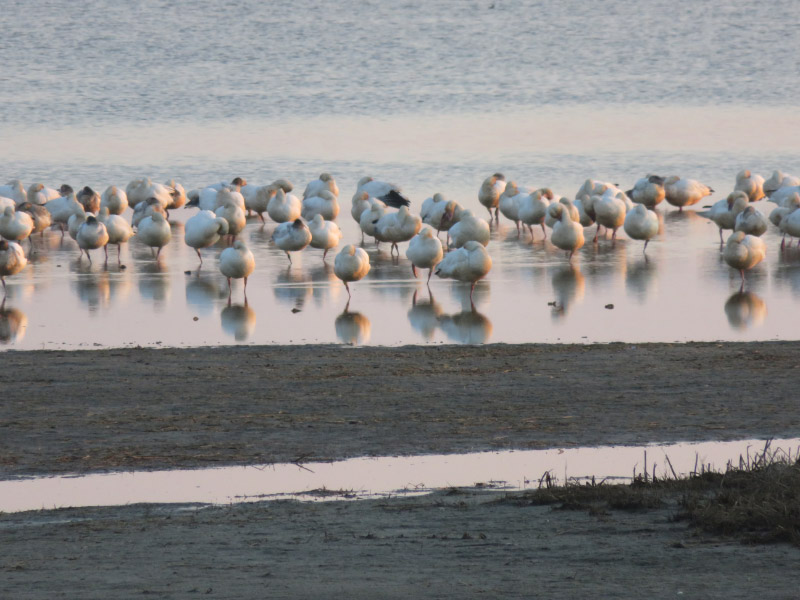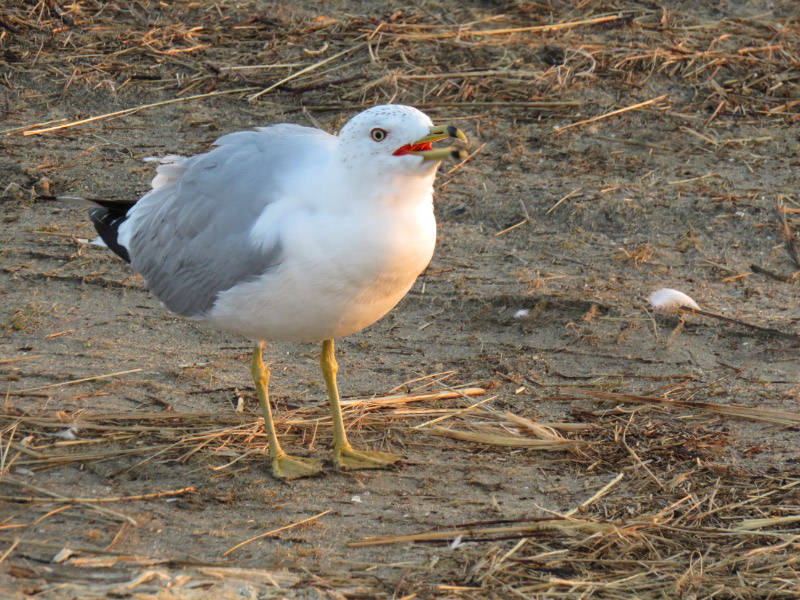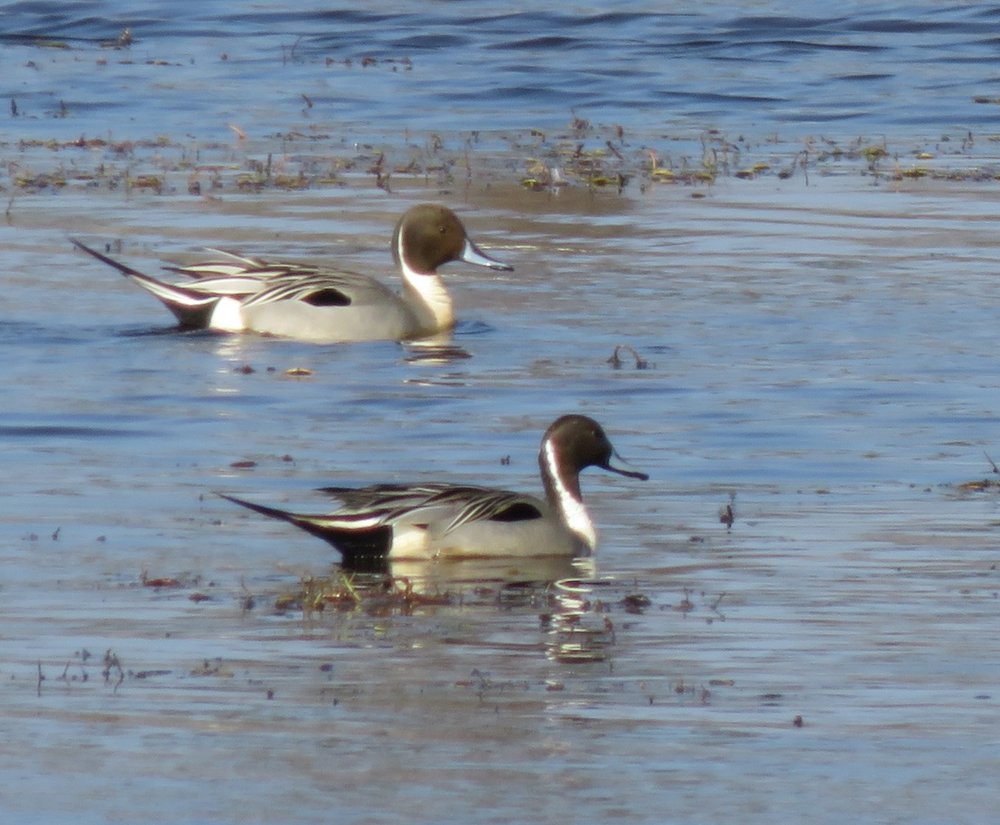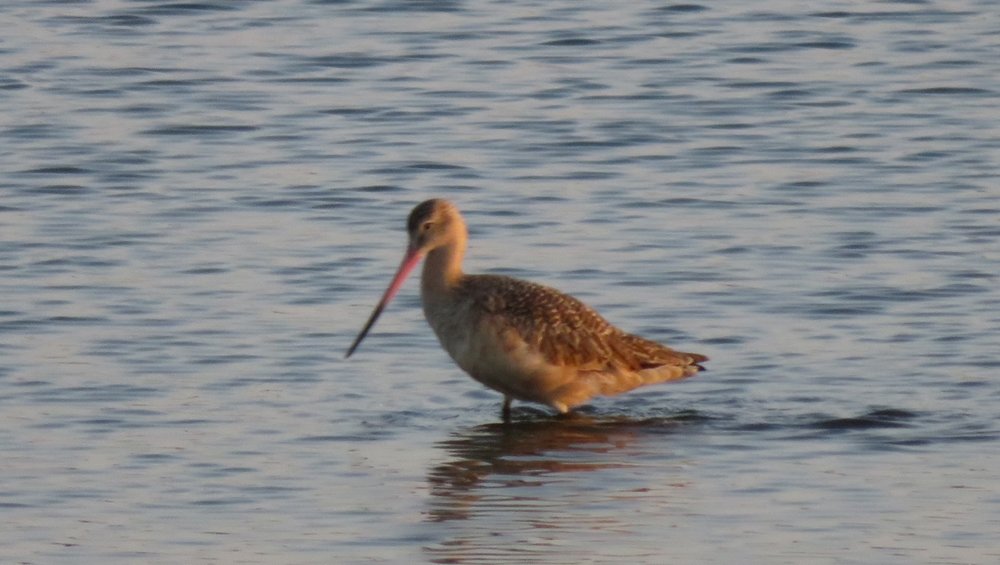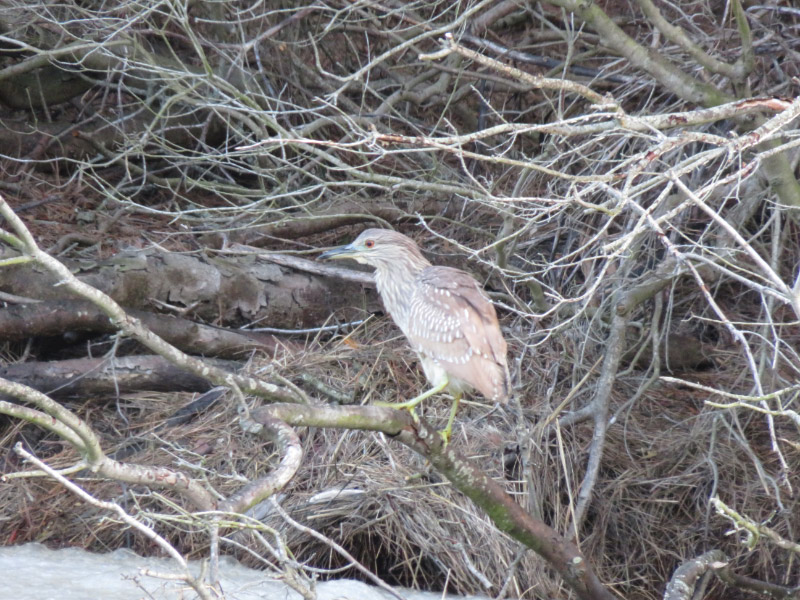Wallops and Chincoteague in 1978
/I’ve been scanning our collection of old slides and will be posting about some of my ‘finds.’ This post is about the first exposure to Chincoteague and Wallops Island. My husband – in the early days of grad school – went on a research trip there in May of 1978 and stayed at the Refuge Inn (still our favorite place to stay). The picture of the pony corral from an upper floor of the Inn looks about the same – dated only by the cars in the parking lot.
Growing up in north Texas – the ocean scenes were new to him. The research was a collaborative effort with the Russians and they were based on a research vessel off the coast which added to the experiences. One trip out to the Russian vessel resulting in my husband’s camera getting sprayed with salt water; it never recovered fully and he started his collection of Canon cameras with the following year.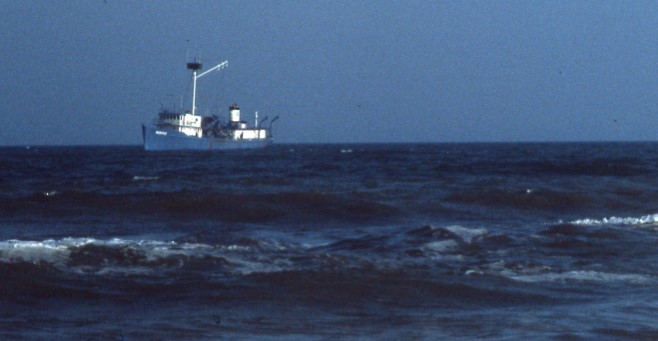
Pictures of nature are relatively timeless. There are still egrets, water, and grasses,
Gulls (and unfortunately discarded tires),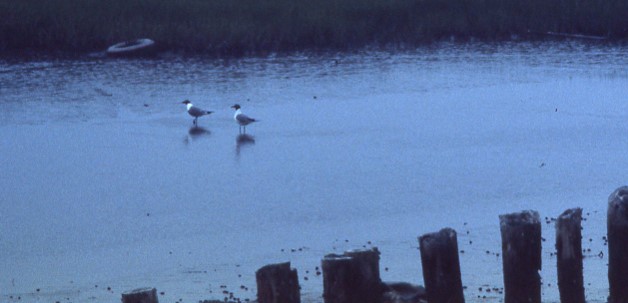
And my husband and I still try to photograph the birds in flight. He succeeded with an egret in 1978! I was surprised that there were no pictures of Great Blue Herons from 1978. Did he just not notice them….or were there not as many as there are now?
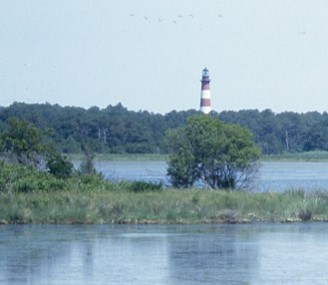 The lighthouse still shows up above the trees although the trees seem higher now.
The lighthouse still shows up above the trees although the trees seem higher now.
There are still a lot of radio dishes at Wallops island that can be seen from the road.
Since he was actually on the facility, he got closer views.
He travelled with a lot of instruments. He checked a lot of equipment. He was assigned a small vacant observatory for his set up for the week. This pile was what it looked like after he packed it all back up to come home. I suppose some of the briefcases and luggage date this picture too! The plaid suitcase was one that had been collapsed on the trip up but contained laundry and seashells collected on the Wallops Island beach for the trip home!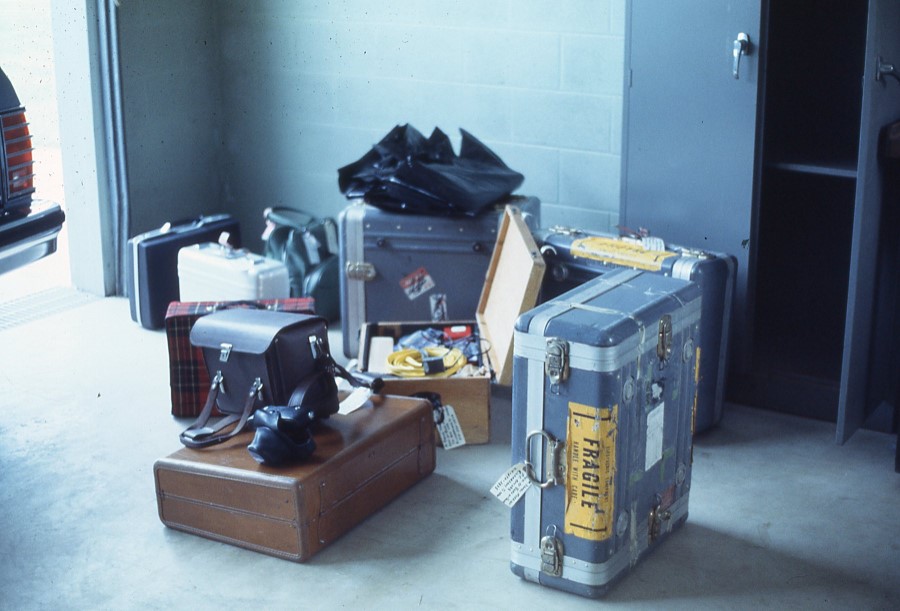
The last to be packed: the insect repellent (he still remembers the salt water mosquitoes vividly) and his sunglasses. The packaging for OFF has a familiar look!